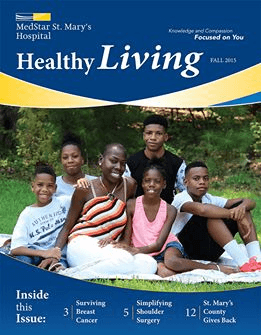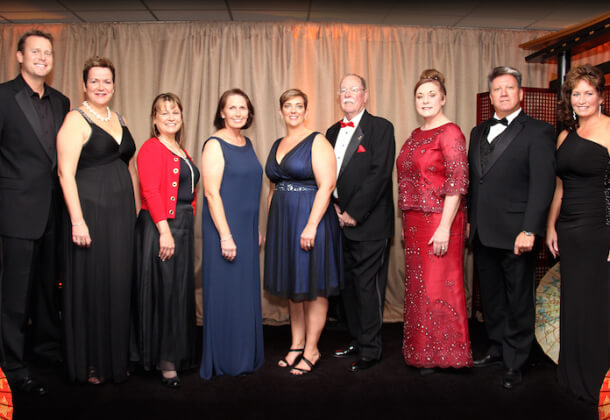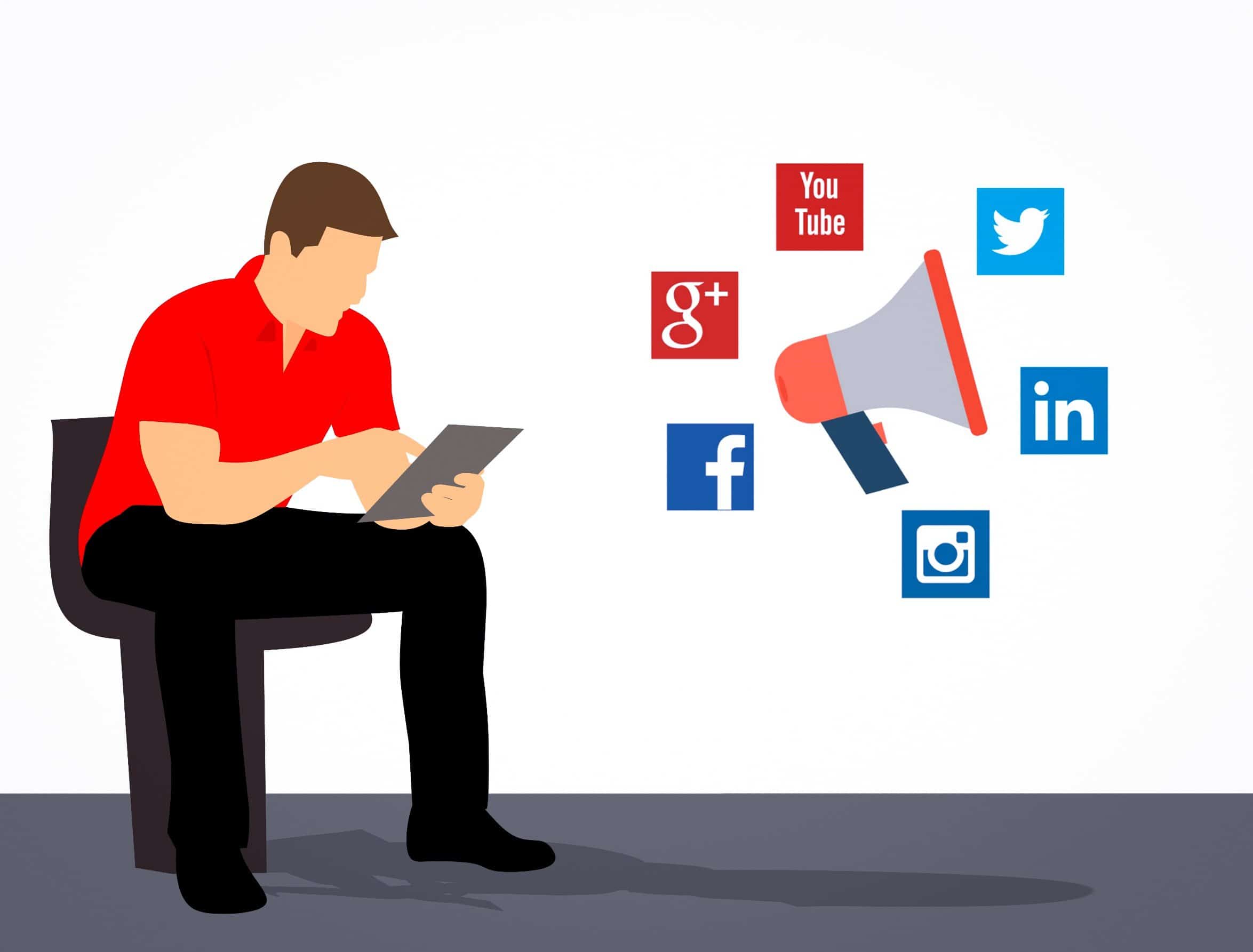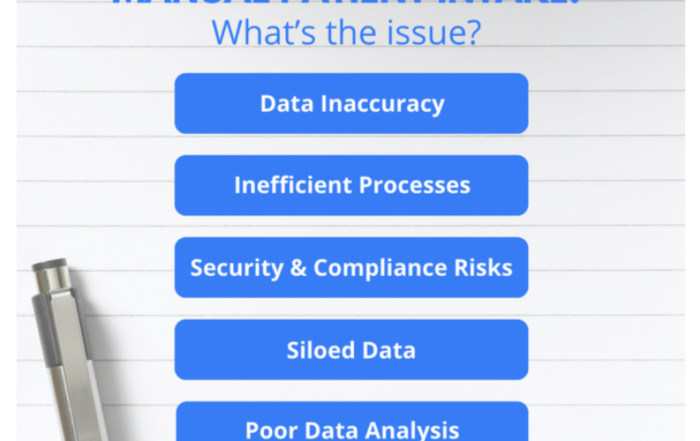If the era of patient-centered care means anything, it’s that hospitals will be forced to take their marketing much more seriously.
While much discussion in the industry has centered around turning clinical efforts toward patient needs, much less has been said about a patient population that has been conditioned to center its own needs — needs that are in turn being facilitated by new advancements in healthcare regulations and standards.
While other industries have had services such as Expedia and RateMyProfessor, hospitals face an environment where their work is evaluated under the Press Ganey Experience Survey as covered in this Forbes article. The health care delivery experience though, is incredibly involved, and most organizations will have to revamp and review many of their marketing efforts if they want to truly improve patient satisfaction.
One organization that has excelled in multiple areas of hospital marketing is MedStar St. Mary’s, recent recipient of 5 Aster Gold Awards for their internal newsletter, promotional materials, and patient experience videos. This article will examine those three areas of hospital marketing, as well as provide you with tips to help your organization better connect with your patients and communities.
Winning At Hospital Marketing: The MedStar St. Mary’s Example
MedStar St. Mary’s hospital is a 91-bed, full-service facility located in Leonardtown, Maryland. The facility’s Marketing, Public Relations, and Philanthropy department has won 22 Aster Awards and eight HMR awards over the past 10 years, in no small part as one result of their purposeful dedication to community outreach and connection. This is demonstrated clearly by their community involvement programs which include Health Connections, diabetes self-management classes, pregnancy and childbirth services, along with CPR and first aid classes.
The hospital’s commitment to patient-centered care and employee respect originates at its core, with a value statement that specifically mentions their efforts “to deliver the best to every patient every day” and a prioritized commitment to service that strives to “meet the needs of our patients, physicians and co-workers.” The facility’s publications include the patient-facing “Healthy Living” newsletter, the internal-facing bulletin “The Pulse”, and a mix of others targeted toward nurses, community health, and physicians.
The Aster Award is a nationally-recognized honor given annually in the fields of healthcare and higher education.
Communicating Internally
It may seem surprising that an award even exists for organizational newsletters, but they serve a distinct purpose. The simplicity and widely-recognized format of the newsletter make it ideal as a cornerstone of an overarching hospital communications plan.
When a facility or system is taking on new initiatives around patient-centered values, making sure those goals and values are understood organization-wide is critical to success. With Meaningful Use Stage 3 setting new standards around patient engagement, no facility can afford to risk incomplete organizational comprehension and buy-in.
Example: from http://cancer101.org/
This means that your facility newsletter should be carefully planned, deliberate, and clearly connected to overarching organizational initiatives. Truly effective newsletters will be characterized by:
Interesting Subjects
If your newsletter has a reputation of being dull or irrelevant, you have a bit of an uphill climb in changing that reputation and getting your staff and team members engaged again. Their interest matters above all else, and if you’ve wasted their time with fluff, excessive detail, inane subjects, or bad writing, your work will be doubly hard when relating any facility or system initiative.
Your content should respect your readers. That means not only featuring information that needs to flow top down, but also listening to staff and employee needs, and using your newsletter as an opportunity to address them.
Remember though, you have to get people to read it in the first place. An email subject line (or title if you rely on print) that encourages readers to engage is essential. There is no excuse for using dates and “Newsletter” or “Bulletin” as subjects. Additionally, if you haven’t been tracking open and engagement rates, now is a good time to start. There are myriad tools available to facilitate newsletter and communications metrics, and most are highly affordable.
Some great examples of employee-engaging newsletter content and layout are available via SnapComms here.
Simple Navigation
Once a newsletter is open, the attention battle has begun.
Maintaining reader attention is especially difficult in electronic formats where distractions are just one click away. This means that your newsletter has to be attractive, and easily guide readers to the information they most want and need to absorb.
Make use of eye-catching headlines, as well as and layouts and segments that are consistent between issues. While you want to keep things interesting and fresh from issue to issue, making people hunt for the information they rely on isn’t the way to do that. Label information clearly, and consider segmenting each issue by reader type.
Good friends over at Quicksprout.com has a guide that you can follow to bring your headlines to the forefront of people’s minds.
Calls To Action
Again, your newsletter shouldn’t be a one-way form of communication.
There are no doubt many areas in which you need feedback from readers, and your organizational newsletter is a great place to center them. Use your newsletter as a feedback hub around programs, events, and organizational changes, and make sure that readers know they’re being heard.
You can use your newsletter to facilitate everything from surveys, to event attendance, even virtual educational materials and meetings. Don’t hesitate to borrow from newsletters in other industries, and take advantage of all that technology has to offer.
Part of that effort though, means moving beyond the newsletter and actively connecting it to a modern communication environment. That can come in the form of featured webinars (use the newsletter to announce the event and solicit questions ahead of time) and internal social media solutions like Yammer. Topics can be expanded via the use of SharePoint and the company website. Additionally, don’t forget options like role and specialty targeting, which can be easily organized with solutions like our Referral Management feature.
Additional Tip: Don’t hesitate to pull in content creation from all areas of your facility or system. You have many voices and great communicators begging to be heard, and new ideas and perspectives are a great way to keep your internal communications fresh and engaging.
Promoting Key Events
Every year, MedStar St. Mary’s holds its Wrapped In Red Foundation Gala. In 2014, the small hospital raised over $197,000 (after expenses) for healthcare scholarships, new equipment, and capital projects. The Far East-themed gala was attended by around 580 guests, who were treated to a gourmet dinner provided by well-known D.C.-area caterer, Design Cuisine. It is presented each year by The Foundation, the charitable arm of St. Mary’s.
According to 2014 Gala Chairperson, Helen Wernecke, “As the Foundation’s flagship event, we are raising funds to help with scholarships for folks pursuing a career in the medical field and also upgrade the health care in our community to help the needs of St. Mary’s County…I think the gala was the best one we’ve ever hosted and it turned out beautifully.”
Successful events like these don’t happen on their own.
They require well-executed event promotion, and standing relationships with the community that can be leveraged when needed. To accomplish this, a facility must understand not only healthcare in general, but event goals, as well as its own place in the local community. As you decide those, consider these tips on pulling off a successful event promotion:
- Give yourself time to advertise: Depending on the level of formality of the event, you may need to give notice of anywhere from a few weeks to a year or more to potential attendees. Stay mindful of who you’ll be inviting, and the other types of events they may already be committed to — a seminar on diabetes awareness will need much shorter lead time than something formal like The Wrapped In Red Gala.
- Know your core messages: This goes back to the purpose of your function, but if you have any slogans, value statements, or mission ideals that align with the event, use them and highlight them. Make sure that everyone who is involved with promotion understands them and can communicate them concisely and clearly.
- Keep your promotional materials uniform: Don’t skimp on professional design. This ranges from updates to your website and newsletters, to photography and graphic design for flyers and posters. Your event materials will be competing against thousands of other bits of information for attention, so don’t let a small savings in the short term kill an opportunity. Additionally, consider hiring a professional writer. Words do the selling after visuals, and knowing how to structure information to convince and convert is a skill that is worth paying for.
- Encourage word of mouth: Your employees can be powerful advocates for any event you’re holding. Accessing their networks alone can help ensure your event is a success. Make sure that when you’re drumming up buzz around an event, you give them the tools they’ll need. Keep them informed and even consider giving them small cards or flyers with all relevant information and messaging which they can hand out to interested friends and acquaintances. Communicate the most exciting key messages about your event and how employees will be impacted as individuals. Even consider incentivizing sharing through social media contests. Lastly, don’t forget to be specific in how you’re generating attention. It’s likely that every employee doesn’t need to be roped in to be a cheerleader for every event you hold. Focus your word-of-mouth initiatives on employee groups that are the most pertinent.
- Don’t forget tech: Your staff, patients, and visitors are increasingly engaged with EHRs, kiosks, direct messaging, and email. Don’t overlook the options that all of these advancements in communications and technology hold in keeping users up to date on hospital happenings.
- Pay attention to entertainment and food: Whether you’re inviting young parents or surgeons, people remember music, food, and drink. Make sure your choices are appropriate to the audience (e.g. providing gluten-free options to a panel discussion on Celiac disease), but that they are also suited to the venue and event format (not serving food that requires cutting at an event without seating.)
- Keep the length reasonable: Most events shouldn’t run more than a couple of hours. As happy as people might be to attend, they do have other things to do. This is especially true in regard to health, where attendees may have problems sitting or standing for long periods of time, or may even have care giving or employment duties that they have to attend to. Make sure you understand your guest profile well before making core event decisions.
- Be ready for problems: Things will go wrong. Emergencies happen. Have a contingency plan (or two).
Additional Tip: In the case of events geared toward patients, don’t forget to leverage your connections with local doctors and other care providers. They see your attendee base on a regular basis, and their recommendations can go a long way in getting the word out and people actually showing up when you need them.
Relating The Patient Experience
With the help of ad agency EFX Media from Arlington, Virginia, MedStar St. Mary’s also won the bronze level award in the TV/Video Advertising category for their “I Am The Patient Experience”, which can still be viewed on the hospital home page.
Centering the patient experience will only become more important as the healthcare industry progresses and patient expectations in the healthcare space begin to mirror that of retail and banking. One of the ways healthcare organizations across the country have done this is through videos like MedStar St. Mary’s, but also through telling patient stories like the Mayo Clinic.
When patients are engaging with a hospital, they’re frequently left wondering how their specific ailment and situation will be treated. The Mayo Clinic handles this issue beautifully, breaking stories down not only by region, but also by situation with titles such as “Surgery for Sunken Breastbone Reshapes Patient’s Chest, Shapes Career Path” and “Patient Comes to Mayo for Foot Surgery, Receives Lifesaving Surprise.”
They are essentially patient-focused case studies that relate not only positive results, but also overall experiences. To duplicate this in your own facility, here on some tips on telling patient stories that relate your organization’s values and specialties:
- Use an engaging title: The Mayo Clinic’s patient stories contain beautiful examples of great titles. Each one leaves the reader curious, while also giving them information as to whether it pertains to them.
- Tell a story: In healthcare, every engagement has a story behind it. Your facility is no-doubt overflowing with them. It may take speaking with your staff to find some of the most moving and compelling, but it will be worth your time. Also, don’t forget to relate your stories from the perspective of the patient. That alone goes a long way in demonstrating a focus on the patient experience.
- Get permission: Not all patients want their story told. While it’s possible to relate a patient experience without violating any HIPAA regulations, it’s always good to communicate with the patient beforehand so you know that you have permission to use their experience and words.
- Get more information: Frequently, a facility’s knowledge of a patient’s experience ends at discharge. Stories are about life though, and the most important part of a procedure happens before and after a patient spends time with you. Talk to them to find out how their particular situation impacted their life, and how their interaction with you changed that. Think in a problem-benefit format.
- Don’t forget the facts: While you don’t want the studies to be too cold, there are likely facts and (non-PHI) numbers that can be shared with your readers.
- Think editorially: People enjoy reading magazine articles, and there’s a reason for that. They’re written to engage, not just inform. If you have anyone on staff with a journalism background, don’t be afraid to include them in the patient story creation process.
Additional tip: Feature these stories prominently on your website and in other communications. The patient experience is an important part of building your hospital brand and demonstrating the value you offer. Show them off!

Image courtesy DesignPM
To read up on another facility that excels at brand building, we recommend you review the efforts of the Hospital For Special Surgery in New York. They’ve actively taken a reputation for treating elite athletes, and balanced that with an approachable image that has helped them rise to the position of one of the most respected orthopedic surgery facilities on the planet.
Moving Forward
While MedStar St. Mary’s presents an excellent example of hospital marketing, achieving truly successful marketing on your part will require application of the principles covered here with mindfulness to your specific facility needs. That will mean taking measures to examine your patient needs, analyze your current marketing environment, and review the resources and connections your currently have available.
In all aspects of the process, don’t dismiss the possibility of hiring on a marketing professional to direct your efforts so that valuable staff time and resources are used as efficiently as possible.
Remember that marketing isn’t just a necessary evil. Hospital brand building is a requirement that will set successful facilities apart from struggling ones. This requirement can only be met with strong employee buy-in, community connection, and ultimately, an approach that centers on the needs of your patients.
If you’re interested in building your community connections through a deeper referral network, take one minute and sign up for our product demo.
















